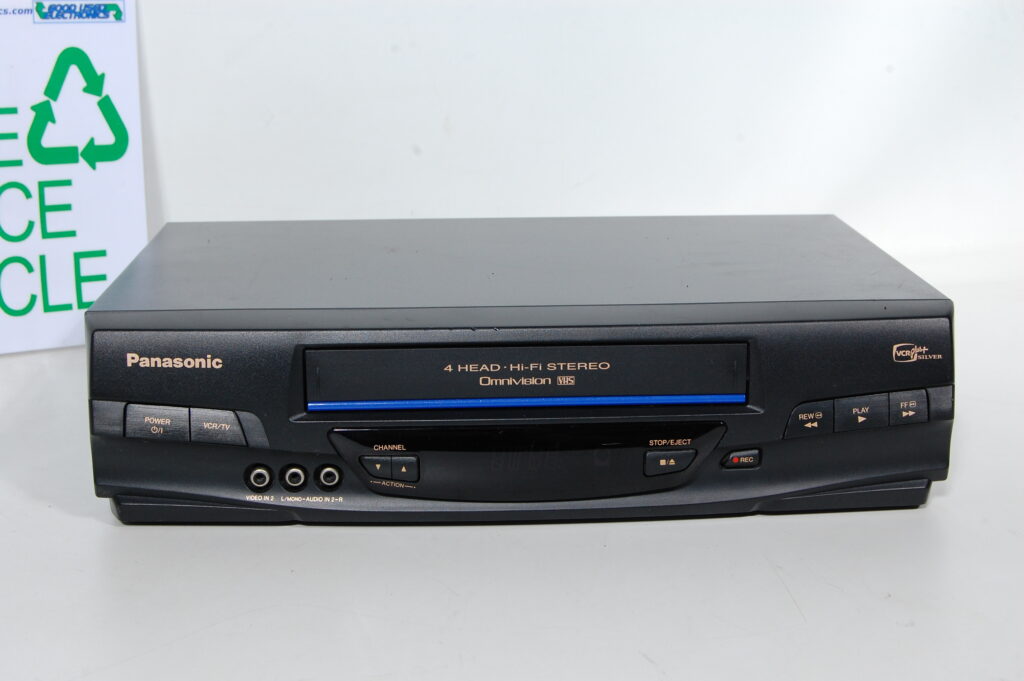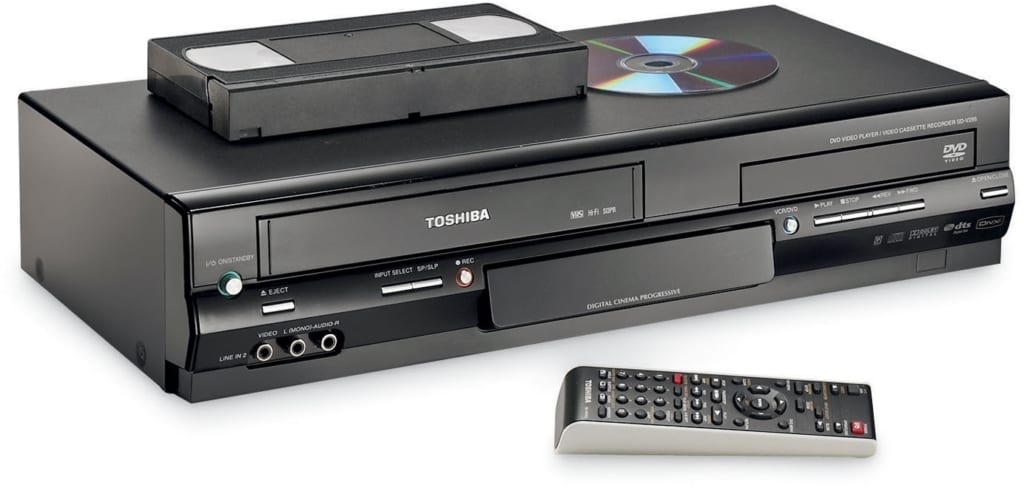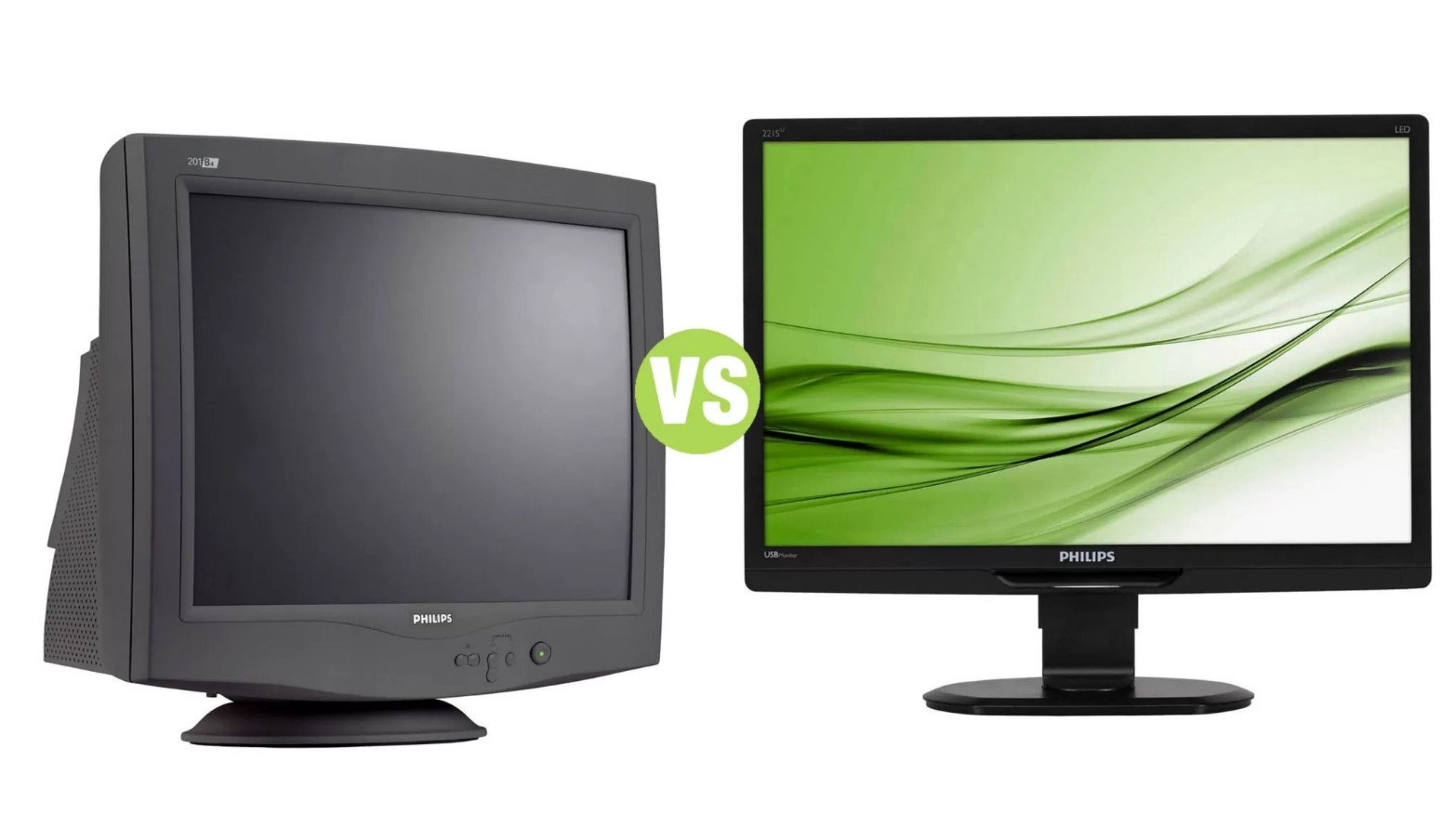The Video Cassette Recorder (VCR) was once a staple in every household, allowing us to record and play back our favorite movies and television shows. However, with the advent of digital media and streaming services, the VCR has seemingly become obsolete. In this article, we will explore whether VCRs still hold any usability or if they have succumbed entirely to the digital age.
The Rise and Fall of the VCR: During the 1980s and 1990s, VCRs revolutionized home entertainment by offering the ability to record and watch television shows and movies at our convenience. However, the arrival of DVDs and later, digital streaming services, brought about a significant decline in VCR usage. The convenience, superior video quality, and vast content libraries of digital media platforms made the VCR seem antiquated.
Nostalgia and Sentimental Value: Despite the technological advancements, VCRs have retained a sense of nostalgia and sentimental value for many individuals. The physicality of inserting a VHS tape and the distinctive whirring sound evoke memories of a simpler time. Some people find joy in revisiting their VHS collections or sharing their childhood favorites with younger generations. In this sense, the VCR has become more of a sentimental relic than a practical device.
Accessibility to Analog Media: One advantage of VCRs in the digital age is their ability to play analog media. Many individuals still possess collections of VHS tapes that hold sentimental value or contain rare recordings that are not available on modern digital platforms. For those who wish to preserve and enjoy their analog media, a VCR can provide a means to do so. Additionally, video rental stores that cater to analog media enthusiasts still exist, allowing people to rent VHS tapes for a unique viewing experience.

VCRs and the Artistic Community: Interestingly, VCRs have found a place in the artistic community. Some filmmakers and artists intentionally use VCR aesthetics to achieve a nostalgic or vintage look in their work. This deliberate use of VCR technology adds a layer of authenticity and charm to their creations. For artists seeking to evoke a specific atmosphere or pay homage to a bygone era, VCRs can serve as a creative tool.
Limitations and Challenges: It’s important to acknowledge the limitations and challenges associated with using VCRs in the digital age. One significant drawback is the declining availability of VCRs and VHS tapes. Finding a functional VCR can be a challenge, and the diminishing supply of tapes makes it harder to access content. Additionally, the video and audio quality of VCRs cannot match the crispness and clarity of digital media. Rewinding and fast-forwarding through tapes is time-consuming compared to the convenience of digital playback.
The Future of VCRs: As the world moves further into the digital age, it’s unlikely that VCRs will regain their mainstream usability. However, their sentimental value, niche applications, and artistic appeal ensure that they will continue to find a place among collectors, enthusiasts, and artists who appreciate their unique qualities. While VCRs may no longer be a practical choice for everyday entertainment, they remain a testament to the evolution of home media and a symbol of a bygone era.
In the digital age, VCRs have largely been overshadowed by the convenience and superior quality of digital media platforms. However, their nostalgic appeal, ability to play analog media, and artistic applications ensure that VCRs still have some usability in niche contexts. While they may no longer be the go-to choice for everyday entertainment, VCRs continue to hold a special place in the hearts of collectors, enthusiasts, and artists who appreciate their sentimental value and distinctive characteristics.





